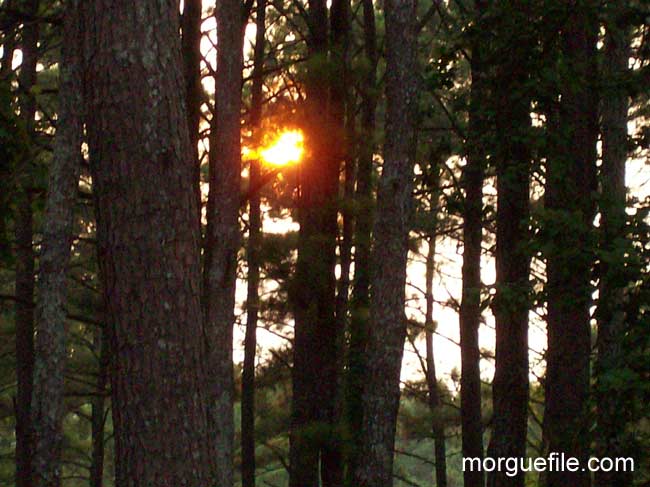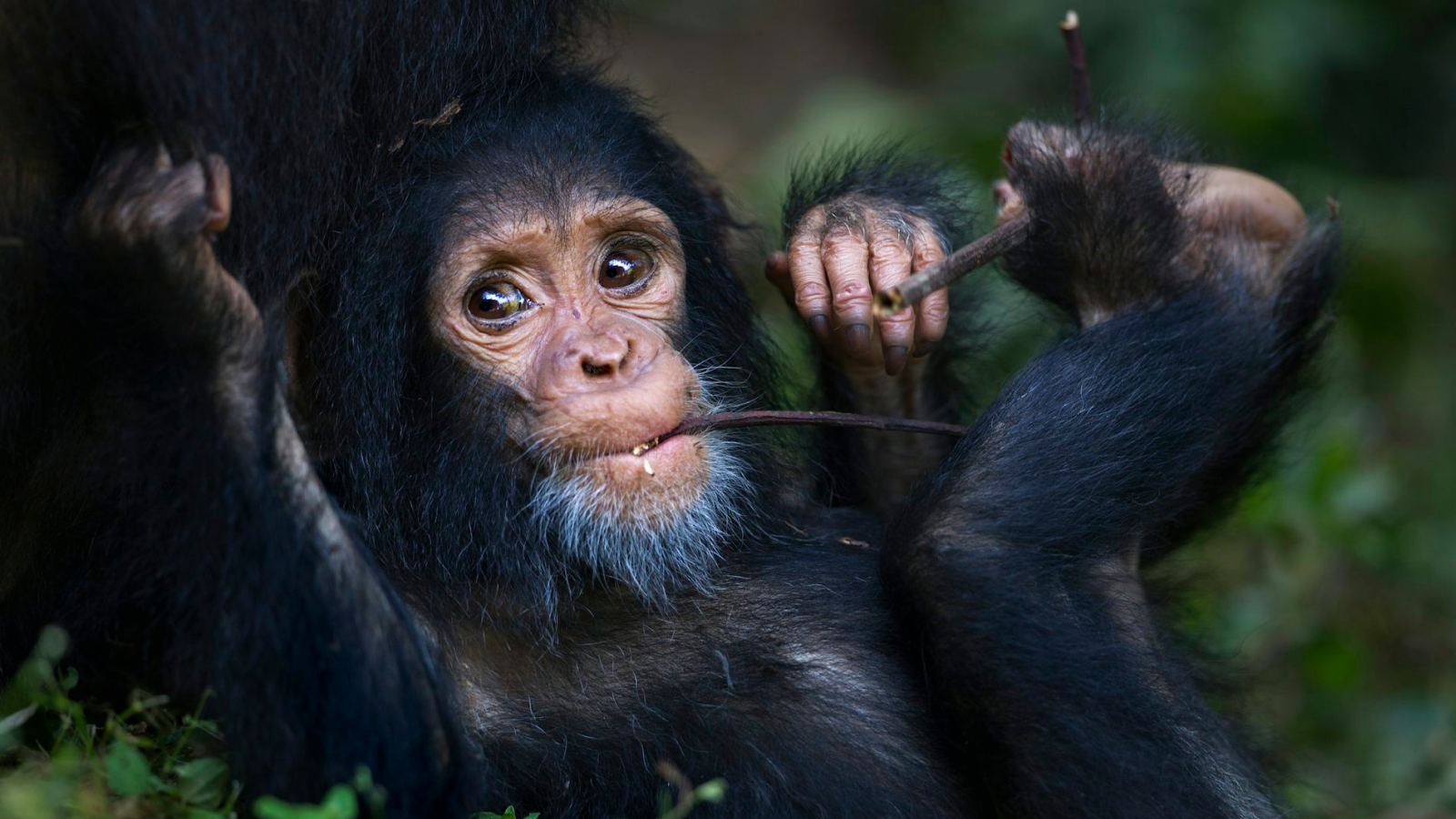Greenhouse Gas Good for Some Trees

Higher atmospheric carbon dioxide levels, predicted to adversely affect the environment and humans, may help one species in time of need: the loblolly pine.
In an experiment where carbon dioxide levels were elevated to those predicted for 2050, one and a half times today's levels, scientists found that these trees were able to withstand ice storms much better than those growing under current carbon dioxide levels.
The researchers compared trees in three open-air plots where pipes and valves pumped carbon dioxide gas out onto the trees with those in plots where they received no extra gas. All plots were located at the Duke Forest research reserve, NC.
After the ice storm of 2002, they found that plots with elevated carbon dioxide levels had "fewer damaged trees," and "less damage per tree."
"Before the storm, I was absolutely certain the pines would be more susceptible to ice damage under elevated concentrations of carbon dioxide," said study participant Ram Oren, an ecology professor at Duke's Nicholas School of the Environment and Earth Sciences. "My impressions were absolutely wrong. Instead of increasing the sensitivity to ice-storm damage, carbon dioxide decreased the sensitivity."
Almost 20 percent of trees treated with the gas were damaged. In the untreated plots, however, the researchers found about 29 percent of loblollies harmed. The trees in the treated plots also recovered better.
"These results suggest that forests may suffer less damage during each ice storm event of similar severity in a future with higher atmospheric carbon dioxide," the researchers said.
Get the world’s most fascinating discoveries delivered straight to your inbox.
Loblollies, pines native to the southeastern United States, could also be grown in colder climates based on this study detailed in the Aug. 8 issue of the Journal of Geophysical Research.
The test results could have implications for the future of commercial pine forests in the Southeast, Oren said. If future studies confirm that loblolly pines growing under higher carbon-dioxide concentrations are better able to resist ice damage, then this might "generate future scenarios in which loblollies could actually migrate farther north."



